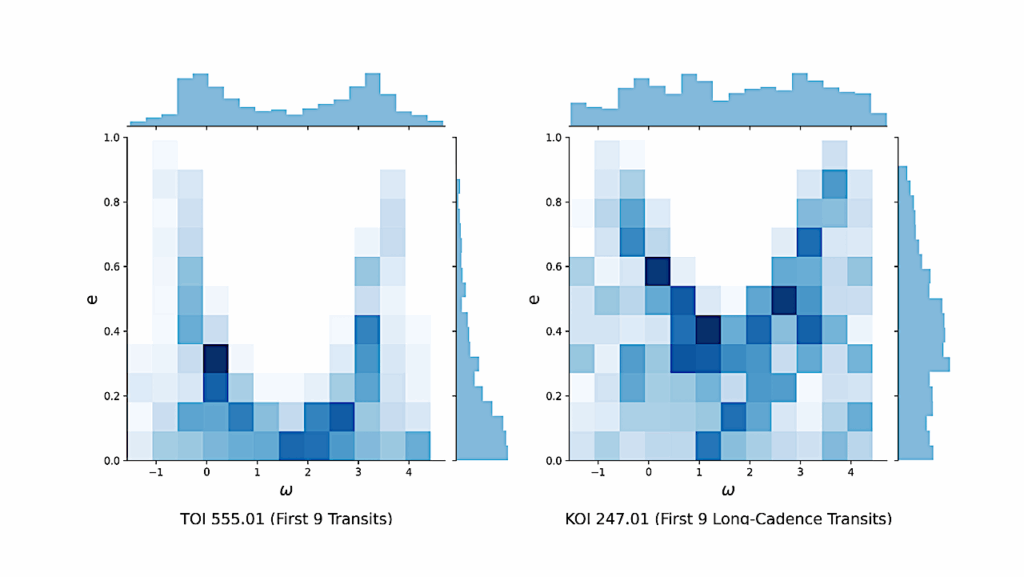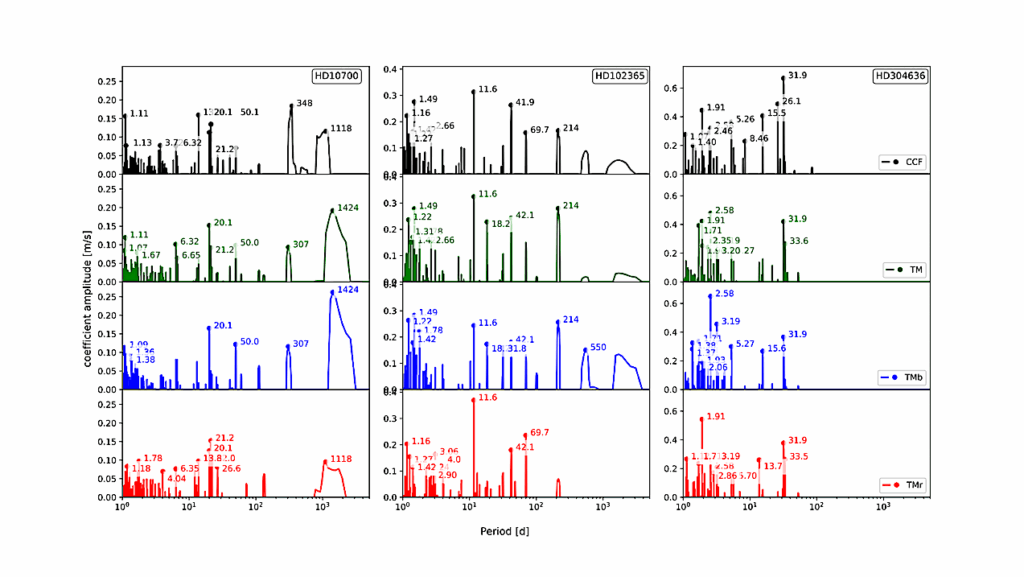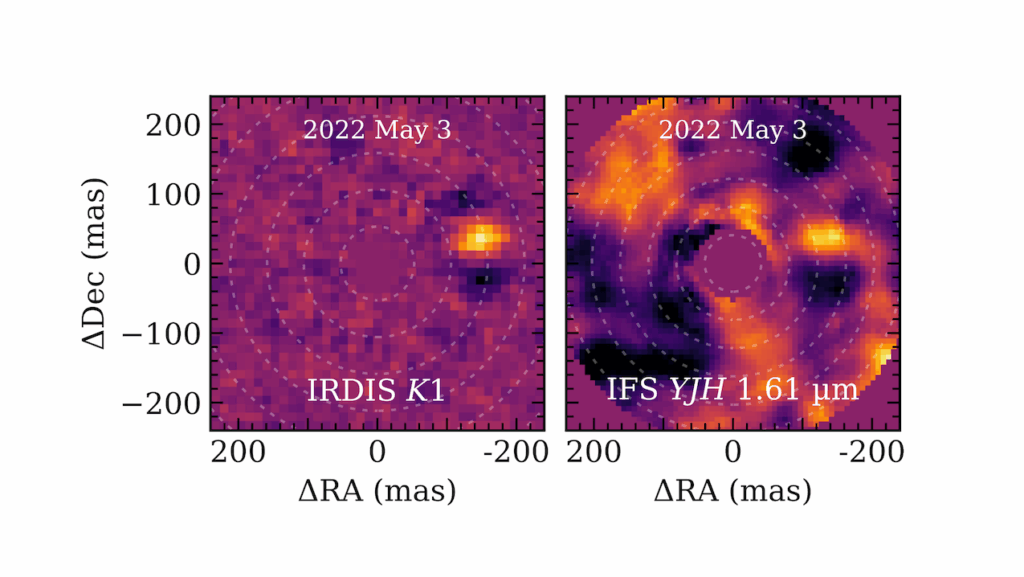Composition Of Terrestrial Exoplanet Atmospheres From Meteorite Outgassing Experiments

Terrestrial exoplanets likely form initial atmospheres through outgassing during and after accretion, although there is currently no first-principles understanding of how to connect a planet’s bulk composition to its early atmospheric properties.
Important insights into this connection can be gained by assaying meteorites, representative samples of planetary building blocks. We perform laboratory outgassing experiments that use a mass spectrometer to measure the abundances of volatiles released when meteorite samples are heated to 1200 ∘C.
We find that outgassing from three carbonaceous chondrite samples consistently produce H2O-rich (averaged ~66 %) atmospheres but with significant amounts of CO (~18 %) and CO2 (~15 %) as well as smaller quantities of H2 and H2S (up to 1 %). These results provide experimental constraints on the initial chemical composition in theoretical models of terrestrial planet atmospheres, supplying abundances for principal gas species as a function of temperature.
Maggie A. Thompson, Myriam Telus, Laura Schaefer, Jonathan J. Fortney, Toyanath Joshi, David Lederman
Comments: 42 pages, 9 Figures, 2 Tables, 4 Supplementary Figures, 3 Supplementary Tables, published in Nature Astronomy (2021)
Subjects: Earth and Planetary Astrophysics (astro-ph.EP)
DOI: 10.1038/s41550-021-01338-8
Cite as: arXiv:2104.08360 [astro-ph.EP] (or arXiv:2104.08360v1 [astro-ph.EP] for this version)
Submission history
From: Maggie Thompson
[v1] Fri, 16 Apr 2021 20:37:28 UTC (27,832 KB)
https://arxiv.org/abs/2104.08360
Astrobiology, Astrochemistry








